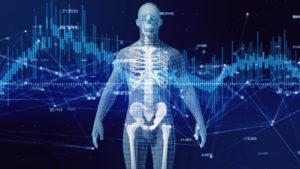
[From the last episode: We looked at options for making parking in cities easier to find.]
OK, we’ve taken a tour of sensorsA device that can measure something about its environment. Examples are movement, light, color, moisture, pressure, and many more., so let’s come up for air and do a quick review of what we’ve seen since our last review.
- We looked at the concept of rotation and how it can be measured.
- We looked more specifically at gyroscopes to see how they measure rotation.
- We then looked at magnetometers that measure magnetic fields from the earth or anywhere.
- We explored the general notion of sensor fusion in preparation for some specific examples.
- Our first example fused accelerometers and gyroscopes together.
- Our next example added magnetometers to the fusion.
- We then saw how we can add a pressure sensor to help with our vertical location.
- Finally, we looked at gas sensors, an important new category of sensor.
- We ended by looking at a specific company helping with urban parking, and the kinds of sensors and sensor fusionThe process of combining information from multiple sensors (real or virtual) in order either to give more confidence in a result or to come up with something completely new. that they rely on.
Having spent time in the sensing part of the IoTThe Internet of Things. A broad term covering many different applications where "things" are interconnected through the internet., we now move on to look more deeply at the communications part. It’s a whole new ball game, and it will be really interesting. You’ll learn about more than just IoT communication; much of what we discuss will apply to cell phones, WiFiA common type of wireless network used to connect computers and phones to each other and the internet. – pretty much any electronic communication. That’s next!

Leave a Reply